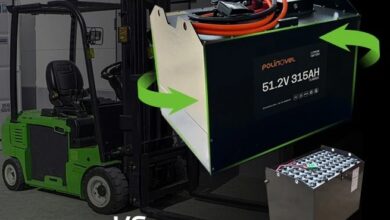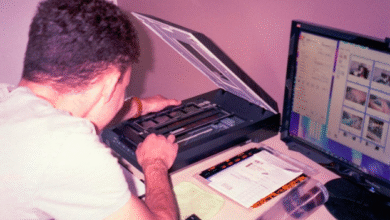Extension Cord Safety Tips Everyone Should Know
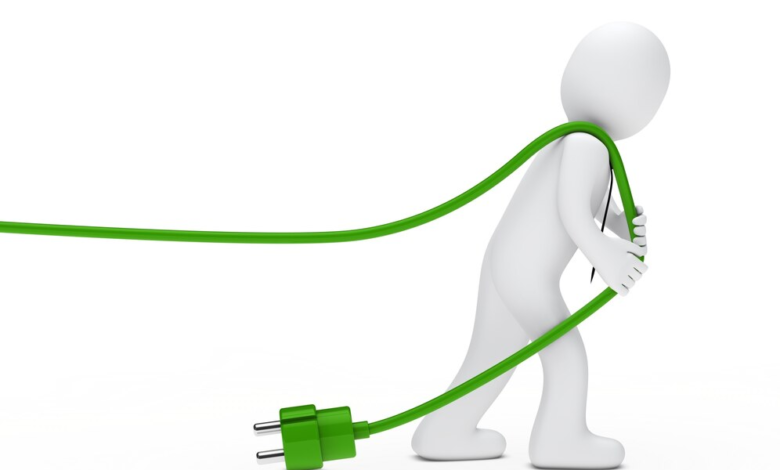
Imagine setting up your workspace at home, and you realize there’s only one wall outlet near your desk. To power your computer, lamp, phone charger, and other devices, you grab an extension cord.
It’s a common scenario—one that many of us experience regularly. However, using extension cords incorrectly can lead to serious hazards.
According to the Electrical Safety Foundation International (ESFI), over 3,300 home fires in the U.S. each year are caused by extension cords, resulting in approximately 50 deaths and 270 injuries. These fires are often preventable with proper usage and safety precautions.
Extension cords are convenient, but they come with risks if not used properly. From overloaded circuits to damaged cords, these hazards can quickly turn into dangerous situations. In this article, we’ll cover essential extension cord safety tips to help you avoid accidents and keep your home and family safe.
1. Choose the Right Extension Cord for the Job
Not all extension cords are created equal. It’s important to select the right one for the job you need it to perform.
That said, extension cords come in various lengths, thicknesses (gauge), and power capacities.
Here’s what you should look for when selecting an extension cord:
- Length: The longer the cord, the more resistance it will have, which can cause it to overheat. Choose the shortest cord possible to avoid potential issues.
- Gauge: The thickness of the cord, measured in gauge, is critical. Lower gauge numbers represent thicker wires, which can handle more power. For heavy-duty appliances, such as power tools or space heaters, choose cords with lower gauge numbers (10-14 gauge).
- Indoor vs. Outdoor Use: Cords rated for outdoor use are designed to withstand temperature changes, moisture, and rough conditions. If you’re using the cord outside or in damp environments, ensure it’s specifically labeled for outdoor use.
2. Inspect the Cord Before Use
Before plugging in an extension cord, always inspect it thoroughly. Over time, cords can become frayed, damaged, or worn out, increasing the risk of electrical shocks, short circuits, or fires.
- Look for damage: Inspect it for signs of bare wires, damaged insulation, or deformed connectors.
- Check for overheating: If the cord gets hot when in use, it is high time that you stop using it. This may be due to internal damage or the fact that the cord is not properly suited for the power it is expected to supply.
- Replace damaged cords: Do not try to fix extension cords by wrapping them up with electrical tape or other makeshift solutions. A damaged cord is not very safe and, therefore, should be replaced.
3. Do Not Overload the Cord
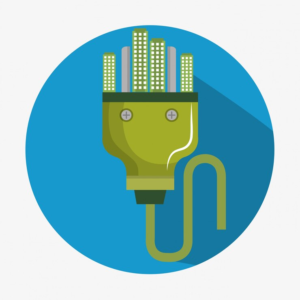
Every extension cord has a maximum load limit, which simply means the amount of electrical current the cord extension can handle. If several devices are connected to a specific cord or if appliances with higher power capability than the cord are connected, it might lead to overheating and, thus, fire.
- Know the capacity: Always verify the wattage or amperage of the extension cord and the appliances you intend to connect to the extension cord. To prevent overloading, the sum of all components must not exceed the capacity of the cord.
- Use a power strip if needed: If you plan to plug in several devices simultaneously, it is recommended to use a power strip with an internal circuit breaker rather than daisy-chaining extension cords together.
4. Avoid Running Cords Under Carpets or Through Doorways
One may be tempted to hide extension cords under rugs, carpets or through doorways since they do not want them exposed or for safety purposes.
However, such actions cause more harm than good. When wires are concealed, they become more likely to overheat, increasing the fire risk. Also, when mounted in areas with high traffic, such as doors, they may be easily damaged due to frequent foot traffic.
- Keep cords visible: Organize the extension cords and make sure that they are visible and not placed where there might be accidents that include people stepping on them or where they could be pinched.
- Use cord covers: If you need a power cord extending across a floor or pathway, purchase a cord cover that manages the wires, minimizing the probability of entanglement or forming gaps through which individuals can trip.
5. Do Not Use Extension Cords as Permanent Solutions
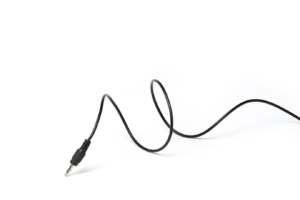
Extension cords should not be used as a permanent wiring solution as they are meant to be used temporarily. If you need extension cords often, adding more outlets or improving the electrical system in your home or workplace might be important.
- Seek professional help: If additional electrical outlets are required elsewhere, you should hire a licensed electrician to provide additional circuits/outlets.
- Don’t use for months: The common problem with regular use of these extensions is that they have a shorter lifespan and deteriorate faster than usual due to continued usage and frequent breakdowns in terms of electricity flows and overheating.
6. Keep Cords Away from Water
Water and electricity are not compatible in any way, which makes them very dangerous. Always check that extension cords do not come into contact with water, such as near sinks, bathtubs, other wet areas, or outdoors.
- Outdoor use: In outdoor use, it is advisable to use cords designed to handle outdoor environments, and you should be careful not to touch the plugs or the connectors directly on the water or any wet surface.
- Indoor safety: If there is dampness in parts of the house, such as the kitchen, the bathroom, or the basement, it is advisable to install a Ground Fault Circuit Interrupter (GFCI)
Conclusion
Extension cords are very useful in supplying power to areas that are difficult to access, but they must be used cautiously.
The key to preventing injury, fire or electrical damage is choosing the right type of cord for the work you will use it for and adequately maintaining it by regularly inspecting it, not overloading it, and correctly using it.
Adhering to the above extension cord safety tips will assist you in avoiding numerous and possibly fatal electrical-related dangers within your home or workplace.

